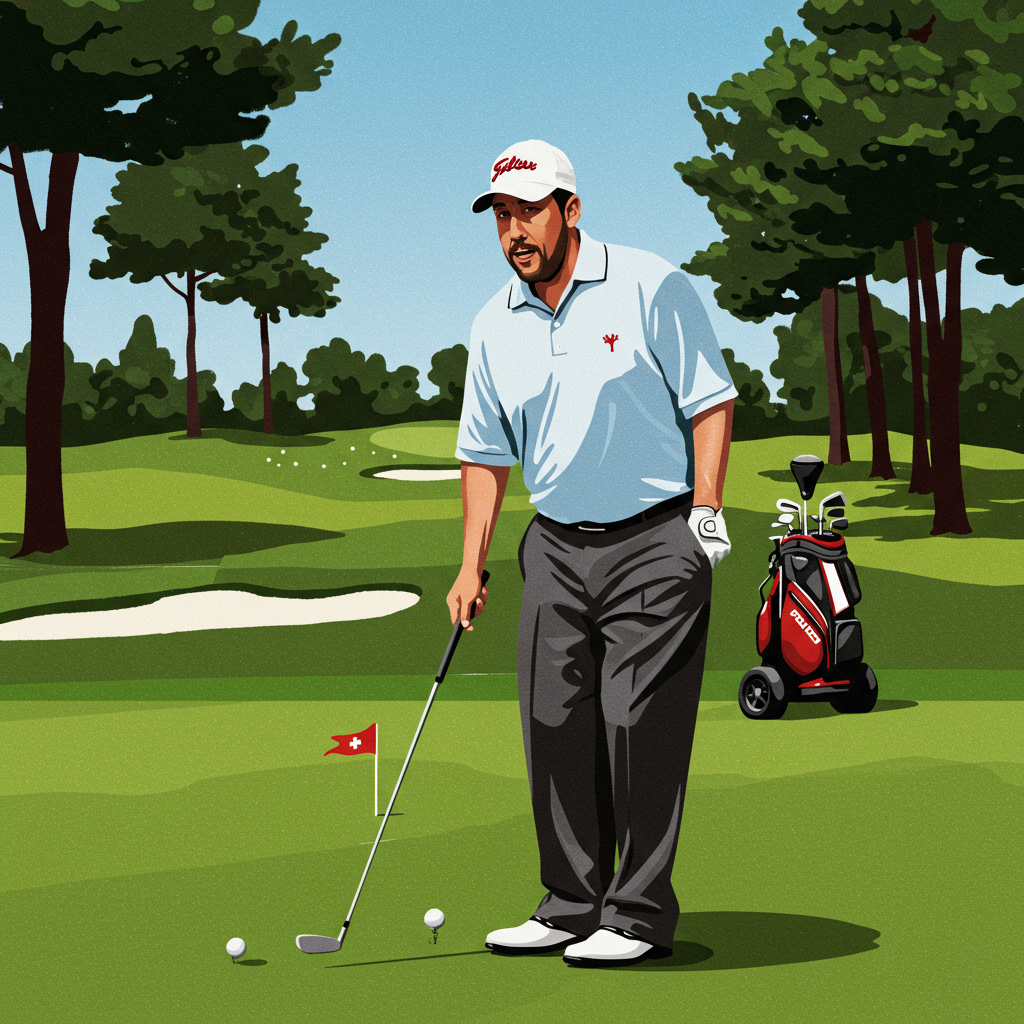DreamWorks Animation’s beloved tale of a scrawny Viking boy and his unlikely dragon companion soars onto the big screen once more, this time in a live-action adaptation. Directed by Dean DeBlois, who helmed the original acclaimed animated trilogy, the new “How to Train Your Dragon” revisits the origin story of Hiccup and his loyal Night Fury, Toothless. But in an era dominated by animated classics getting the “live” treatment, the question lingers: was this journey back to Berk truly necessary?
A Familiar Flight: Story and Themes
At its heart, the film retains the core narrative that resonated deeply with audiences worldwide in 2010. We meet Hiccup (Mason Thames), a Viking outlier who struggles to live up to his dragon-hunting lineage. His path diverges dramatically when he encounters and injures a mysterious Night Fury dragon, later named Toothless. Instead of killing the beast as his culture demands, Hiccup nurses it back to health, forging a bond that challenges everything his village, led by his chieftain father Stoick (reprised by Gerard Butler), believes about dragons.
The power of “How to Train Your Dragon” has always been in its thoughtful exploration of complex themes. Like the original, the live-action version delves into:
Generational Discord: The clash between traditional beliefs and new perspectives.
Overcoming Prejudice: Learning to see beyond stereotypes and demonizing “the other,” regardless of species, race, or background.
Empathy and Understanding: Discovering that fear often stems from ignorance and that connection is possible across seemingly insurmountable divides.
The Teacher Becomes the Student: How teaching someone can reveal as much, if not more, about oneself.
This emotional depth, lauded in the animated film as a key reason for its lasting appeal and inclusion on lists of the best kids’ movies, remains central. The story powerfully culminates in the realization, perhaps most poignantly captured in Hiccup’s line about Toothless: “I looked at him… and I saw myself.” In 2025, this message of seeing shared humanity (or shared vulnerability) in those we’re taught to fear feels particularly urgent.
Bringing Dragons to Life (Again)
Visually, the film leverages cutting-edge CGI to bring the fantastical world of Berk and its dragon inhabitants to photorealistic life. Dragons, categorized by species like the multi-headed Zippleback or the boulder-bodied Gronckle, are rendered with impressive detail.
Toothless, the heart of the story, is particularly convincing. Modeled partly on feline and canine traits, the film’s Toothless captures the expressive vulnerability that made the animated character so beloved. His sad, puppy-dog eyes, a signature feature, translate effectively into a reptilian-green gaze that can melt hearts, especially in moments of quiet interaction with Hiccup. These detailed renderings enable thrilling aerial action sequences as Hiccup and Toothless take to the skies, showcasing the bond between them.
The Justification Question
Given the critical and commercial success of the original 2010 film – which launched a franchise grossing over a billion dollars worldwide – the primary motivation for a live-action remake appears to be following a lucrative industry trend. Much like Disney’s extensive catalogue of animated-to-live-action adaptations, DreamWorks is clearly tapping into a proven formula to reach a new generation and capitalize on nostalgia.
While financially understandable, some critics and fans question the creative necessity of remaking a film that many feel “got it right the first time.” The original animated version is widely praised not just for its story and themes but also its technical execution and character development. The live-action version, while entertaining and visually polished, largely follows the same narrative beats.
However, for those who haven’t seen the original, or for audiences eager to revisit this world with a fresh visual take, the live-action “How to Train Your Dragon” offers a polished, emotionally resonant experience. It successfully meets the bar set by its predecessor in conveying the powerful lessons woven into Hiccup and Toothless’s friendship, even if it doesn’t fundamentally reinvent the wheel.
The film is rated PG and contains sequences of intense action and peril, typical for the franchise. It runs for 125 minutes.


